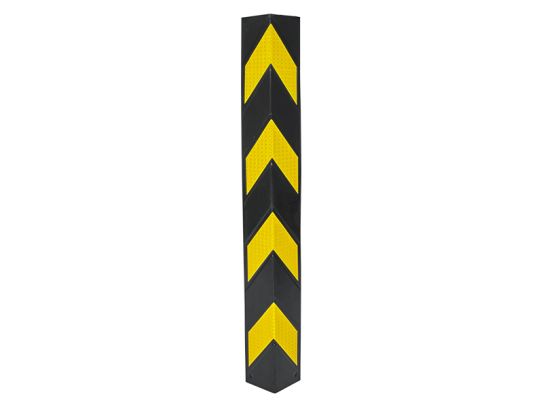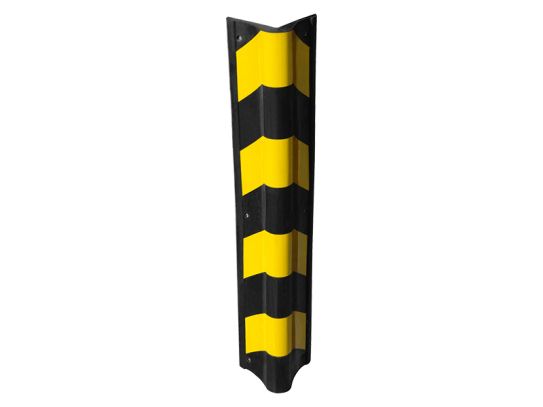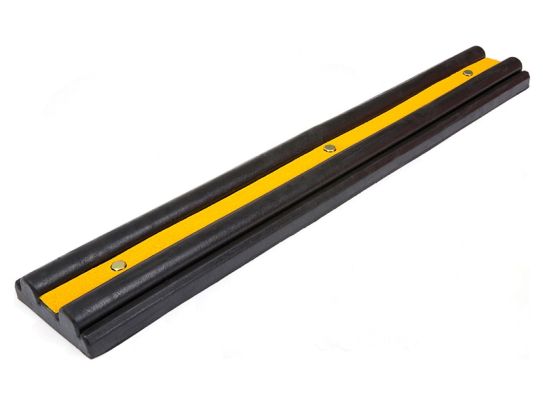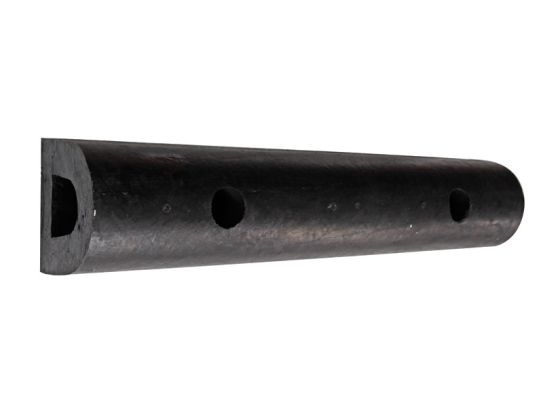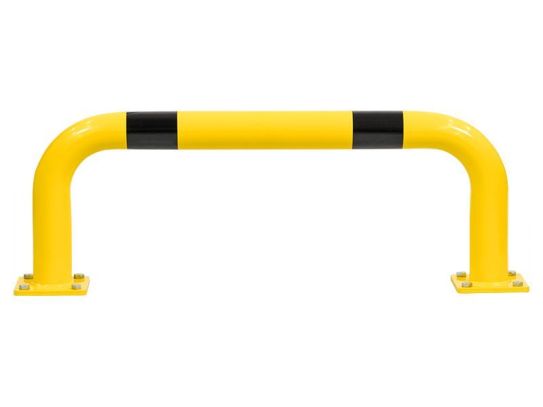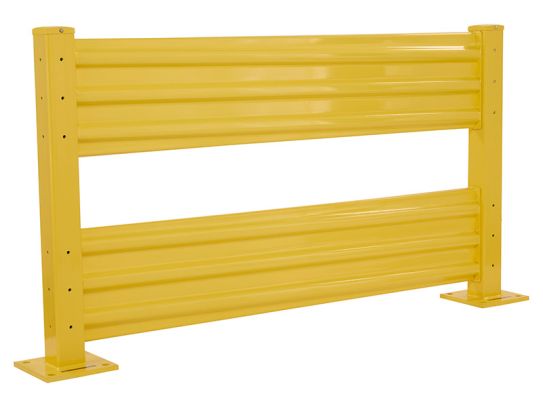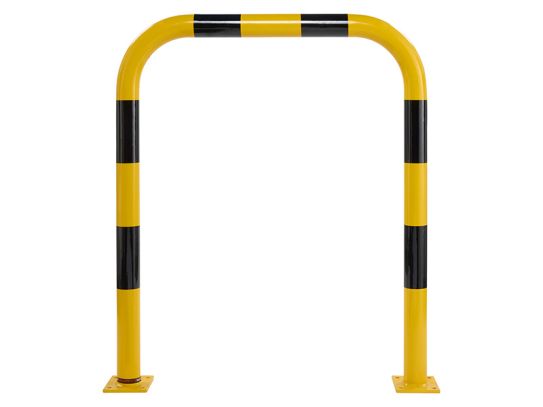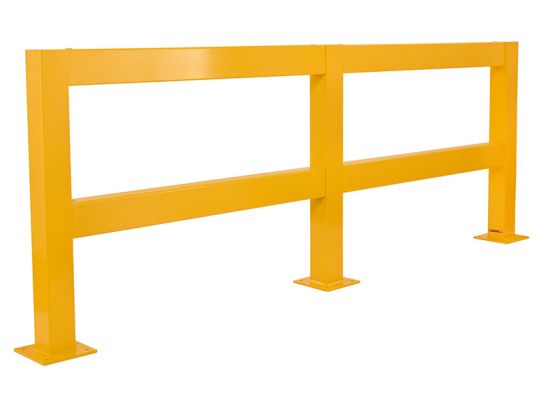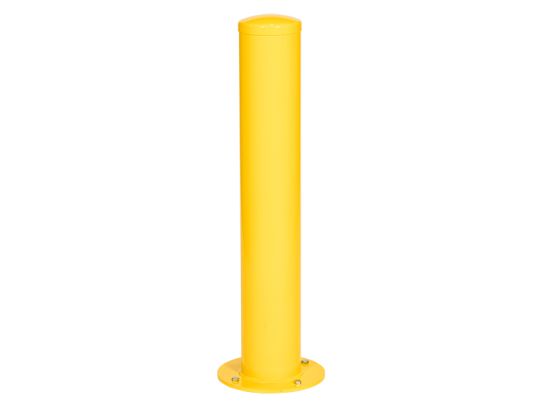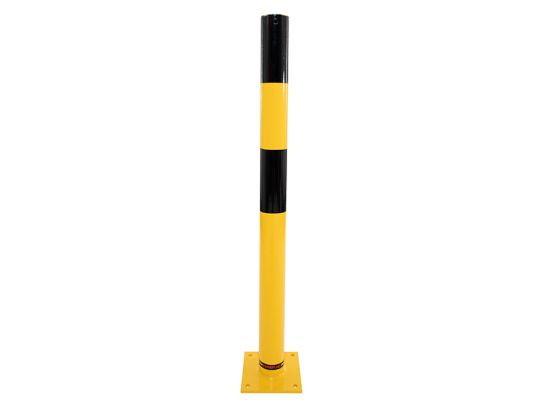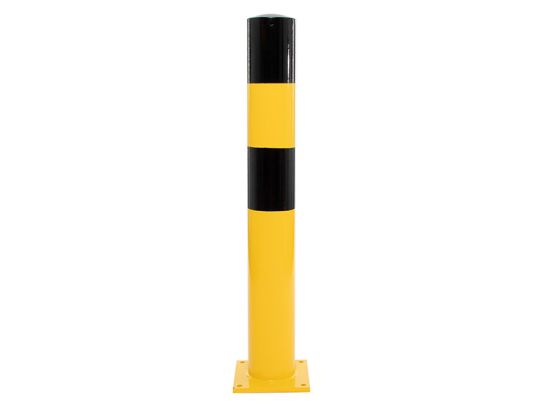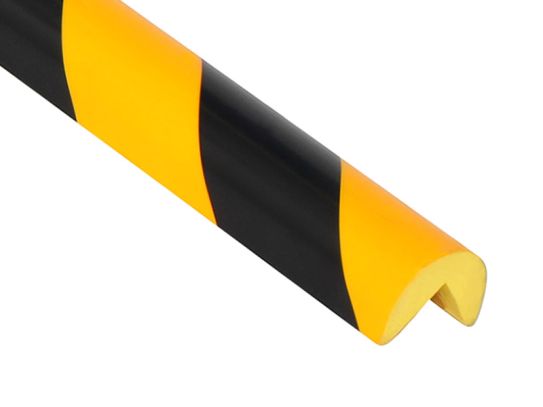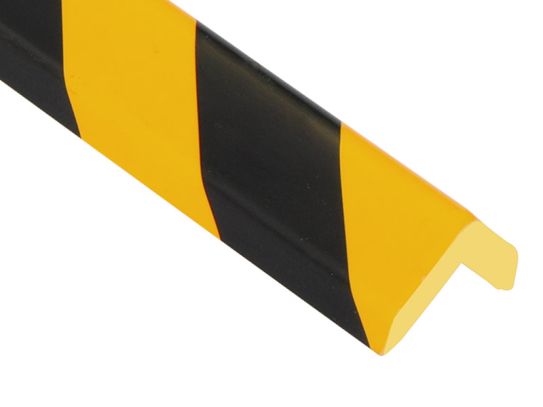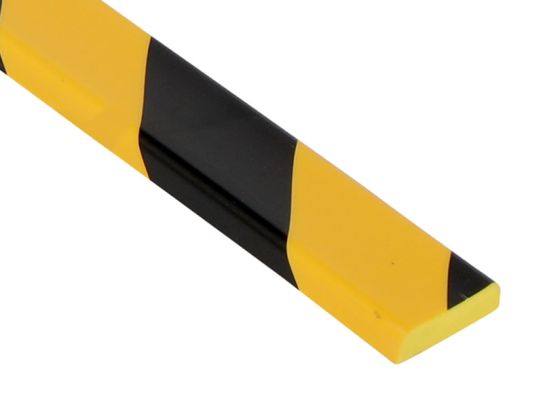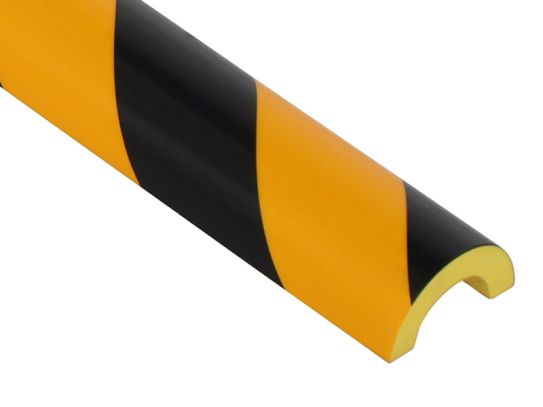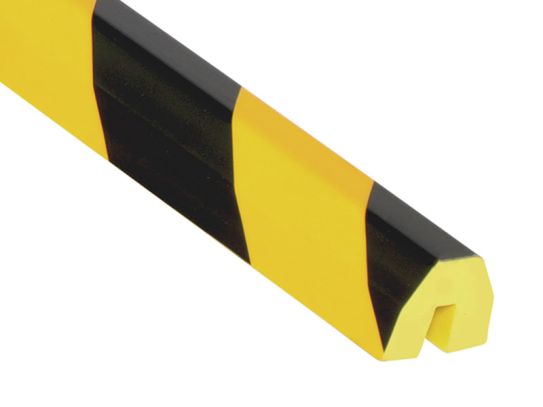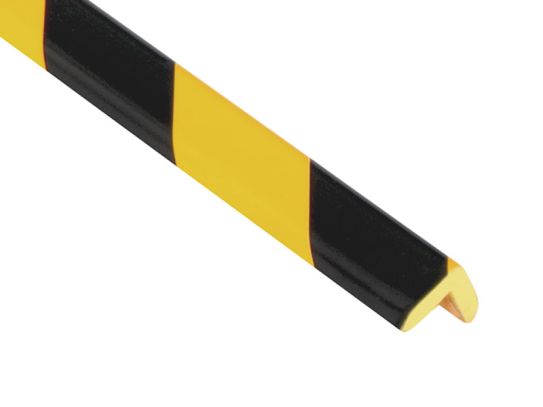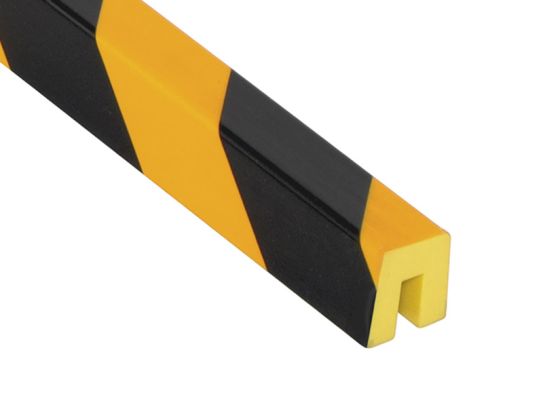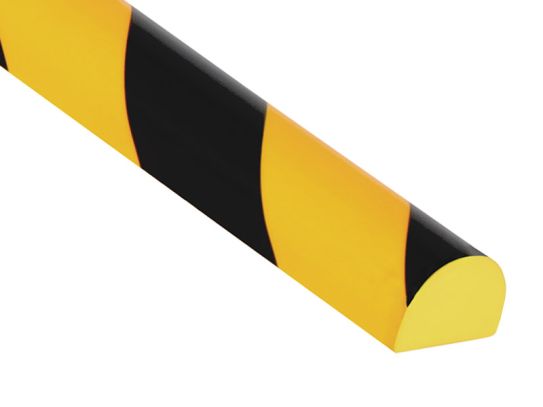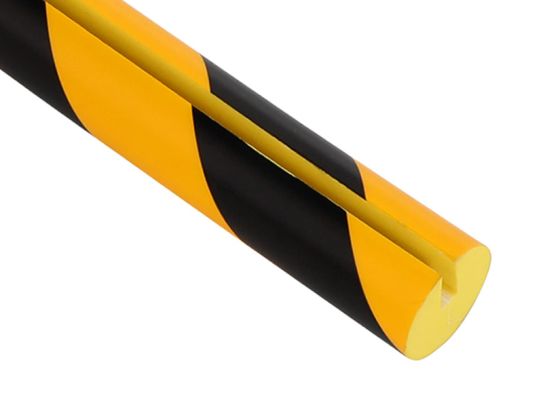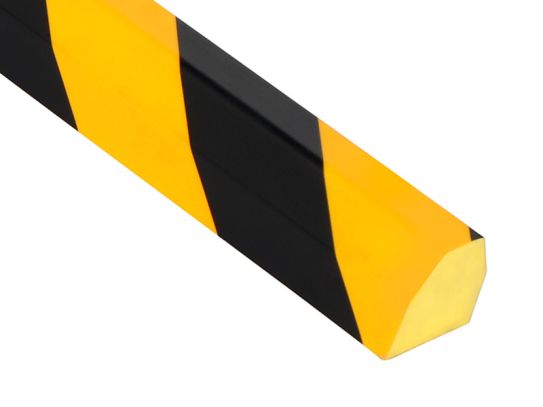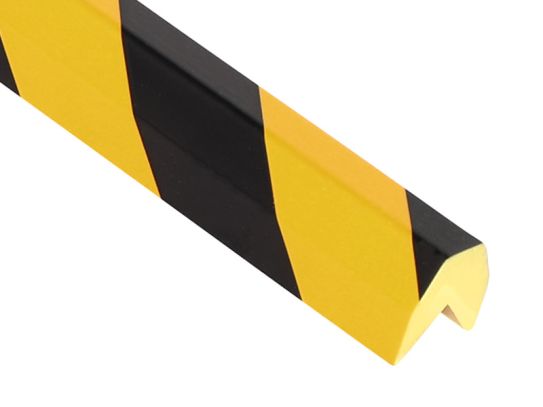Impact Protectors
Secure Your Space with Our Impact Protectors
Looking for the best in impact protection? Look no further than our range of protectors! Our rubber corner guards are perfect for protecting your walls and cars from minor collisions, while our rubber wall guards are ideal for protecting car doors in garages.
For added protection, our hoop barriers and walkway barriers provide sturdy steel barriers that keep vehicles away from pedestrians and machinery. For ultimate protection, our impact barriers are solid steel barriers that can withstand even the most powerful vehicle collisions.
These safety products are perfect for workplaces, warehouses, and car parks where vehicles and pedestrians need to coexist safely. Whether you need protection indoors or outdoors, our range has you covered. Trust us to keep you safe from collisions.
What Are Impact Protectors?
Impact protectors are safety products designed to protect against collisions or impacts. They are often used in workplaces, warehouses, and car parks where vehicles and pedestrians need to coexist safely. Examples of impact protectors include rubber corner guards, rubber wall guards, hoop barriers, walkway barriers, and impact barriers. These products are typically made of rubber, steel, or other sturdy materials and are designed to withstand impacts without breaking or causing damage.
What Are Some Common Uses for Impact Protectors?
Some common uses for impact protectors include protecting walls and cars from minor collisions, protecting car doors in garages, protecting pedestrians and machinery from vehicles, protecting people from vehicles in areas where forklift trucks are used, and protecting racking from vehicle collisions in warehouses. These safety products are often used in workplace settings, warehouses, and car parks, wherever vehicles are near pedestrians, machinery, or racking. They can be used indoors or outdoors, depending on the specific type of impact protector and the intended use.
What Are the Different Types of Impact Protectors?
There are several different types of impact protectors, including rubber corner guards, rubber wall guards, hoop barriers, walkway barriers, and impact barriers.
- Rubber corner guards are angled rubber protective guards that are attached to wall corners. They protect walls and cars from minor collisions.
- Rubber wall guards are flat rubber protective strips that are attached to walls. They protect walls and cars from minor collisions. They are good for protecting car doors in garages.
- Hoop barriers are sturdy steel hoops that are bolted into the ground. They are used to protect pedestrians and machinery from vehicles.
- Walkway barriers are steel handrail barriers that are bolted in the ground where pedestrians walk. They protect people from vehicles. They are often used around forklift trucks in warehouses.
- Impact barriers are solid steel barriers that protect from vehicle collisions. They are used in warehouses to protect racking.
What Are the Key Features to Consider When Choosing Impact Protectors?
When choosing impact protectors, some key features to consider include the material they are made of, their size and shape, their intended use, and their durability.
- The material the impact protectors are made of. Rubber and steel are common materials used in impact protectors, but some products may be made of other materials, such as plastic or polyurethane. The material of the impact protector should be strong enough to withstand impacts without breaking or causing damage.
- The size and shape of the impact protectors. For example, rubber corner guards are angled to fit around wall corners, while rubber wall guards are flat and designed to attach to walls. The size and shape of the impact protector should be appropriate for its intended use, such as protecting walls, cars, pedestrians, or machinery.
- The intended use of the impact protector. Some products, such as rubber corner guards, may be suitable for protecting walls and cars from minor collisions, while others, such as hoop barriers, may be better suited for protecting pedestrians and machinery from vehicles. Choosing the right impact protector for the intended use is crucial for ensuring effective protection.
- Durability is an important factor to consider when choosing impact protectors. The impact protectors should be able to withstand impacts without breaking or needing to be replaced frequently. This will help to ensure that they provide long-term protection and value for money.
Are Impact Protectors Effective at Preventing Collisions and Protecting Against Impacts?
Yes, impact protectors are effective at preventing collisions and protecting against impacts. These safety products are designed specifically to absorb or deflect impacts, preventing damage to people, vehicles, walls, and other objects. Impact protectors are made of sturdy materials such as rubber or steel, and are designed to withstand impacts without breaking or causing damage. When properly installed and used, impact protectors can help to prevent collisions and protect against impacts in a variety of settings, including workplaces, warehouses, and car parks.
What Safety Considerations Should Be Taken into Account When Using Impact Protectors?
When using impact protectors, it's important to consider several safety factors. These include:
- Installing the impact protectors correctly and securely, following the manufacturer's instructions. This will ensure that they are effective at protecting against collisions and impacts.
- Placing the impact protectors in strategic locations, such as near walls, corners, or pedestrian walkways, to provide the maximum protection.
- Ensuring that the impact protectors are visible and easily identifiable. This will help to prevent collisions, as drivers and pedestrians will be able to see and avoid the impact protectors.
- Regularly checking the impact protectors to ensure that they are in good condition and functioning properly. This will help to ensure that they continue to provide effective protection over time.
- Following any additional safety guidelines or precautions provided by the manufacturer of the impact protectors. These guidelines may include specific instructions for use or maintenance, or warnings about potential hazards.
By taking these safety considerations into account, you can help to ensure that the impact protectors are used safely and effectively, providing the protection they are designed to provide.
Are Impact Protectors Easy to Install and Use?
Yes, in general, impact protectors are easy to install and use. Most impact protectors are designed to be simple and straightforward to install, with clear instructions provided by the manufacturer. For example, rubber corner guards and rubber wall guards can be easily attached to walls or corners using adhesive or screws. Hoop barriers and walkway barriers can be bolted into the ground, while impact barriers can be placed in strategic locations.
Once installed, impact protectors are typically easy to use. In most cases, they do not require any special maintenance or upkeep, and can simply be left in place to provide protection. In some cases, such as with rubber wall guards, they may need to be periodically cleaned to remove dirt or debris. Overall, impact protectors are designed to be simple and easy to use, so that they can provide effective protection without requiring a lot of effort or expertise.
Are There Any UK or European Industry Standards or Regulations That Apply to Impact Protectors?
Yes, there are several UK and European industry standards and regulations that apply to impact protectors. These standards and regulations are designed to ensure that impact protectors are safe, effective, and fit for their intended use. Some of the key standards and regulations that may apply to impact protectors include:
- European Standard EN 12 195-1: This standard applies to load-bearing corner guards, wall guards, and other protective devices used in cargo-handling areas, such as warehouses and loading bays. The standard specifies requirements for the design, performance, and testing of these products, including requirements for strength, durability, and stability.
- European Standard EN 1317-2: This standard applies to vehicle restraint systems, such as crash barriers and guardrails, used in road and car park applications. The standard specifies requirements for the design, performance, and testing of these systems, including requirements for impact resistance, deflection, and deformation.
- European Standard EN 1501-1: This standard applies to pedestrian barriers, handrails, and other protective devices used in pedestrian areas, such as car parks and warehouses
